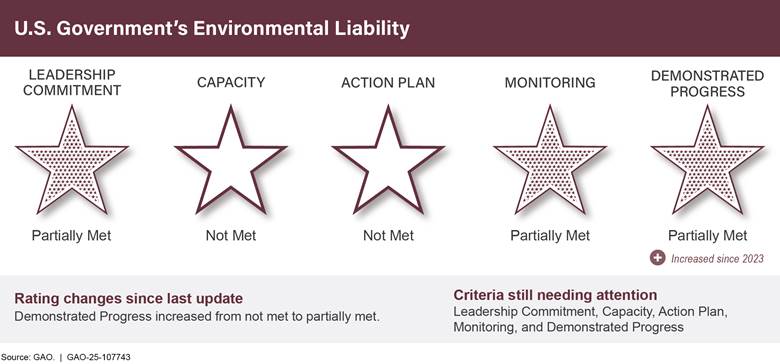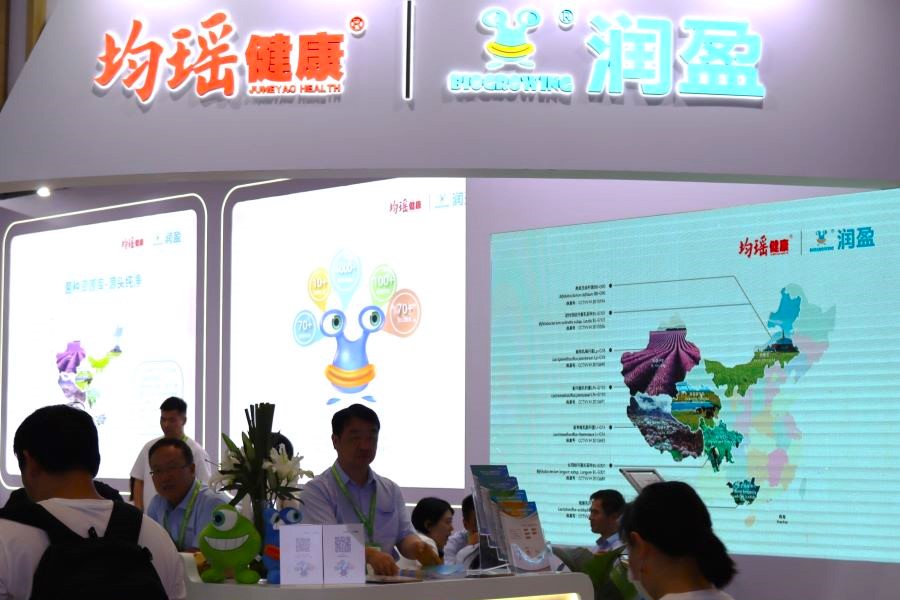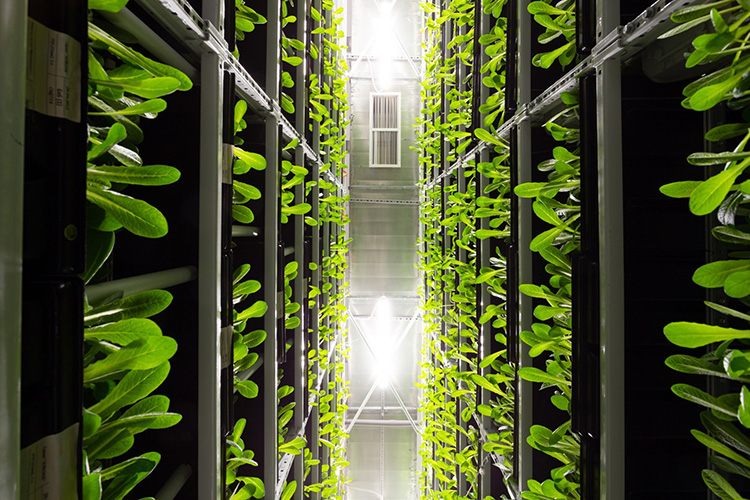
Report on the Impact of ESG Initiatives, Tariffs, and Farmland Reduction on Taiwan’s Eco-Conscious Farmers
Introduction
The COVID-19 pandemic significantly influenced Taiwan’s environmental landscape, affecting waste generation, consumer behavior, and agricultural demand. This report examines these effects with a focus on Sustainable Development Goals (SDGs) and highlights the role of Environmental, Social, and Governance (ESG) initiatives in supporting eco-conscious farmers in Taiwan.
Environmental and Consumer Changes During the Pandemic
-
Increased Medical and Packaging Waste
- Lockdowns led to a surge in online orders, generating vast amounts of single-use packaging waste.
- Environmental monitoring and conservation programs faced disruptions.
-
Temporary Environmental Benefits
- Reduced travel caused a temporary drop in greenhouse gas emissions (SDG 13: Climate Action).
- Wildlife experienced less human disturbance (SDG 15: Life on Land).
-
Increased Demand for Pesticide-Free Produce
- Demand for pesticide-free and sustainable produce surged, benefiting eco-conscious farmers.
- Buy Directly From Farmers (BDFF), a social enterprise, partnered with over 300 small-scale environmentally focused farmers.
Changes in Consumer Behavior and Agricultural Demand
- New consumers adopted online food purchasing and home cooking, seeking healthy ingredients to boost immunity (SDG 3: Good Health and Well-being).
- BDFF’s turnover increased by approximately 40% annually during 2020-2021.
- Post-pandemic, demand for sustainable seafood, humanely raised meat, and vegetables declined, while fruit demand remained stable.
- Concerns were raised about the loss of home cooking skills and family mealtime, impacting social well-being (SDG 3).
ESG Cooperation and Corporate Engagement
-
Government and Corporate ESG Initiatives
- Taiwan’s government encourages companies to adopt ESG practices, with over 70% of Taiwan Stock Exchange-listed companies issuing sustainability reports.
- BDFF collaborates with over 200 companies, including DBS Bank and TSMC, focusing on sustainable procurement.
-
B Corp Certification
- BDFF attained B Corp status, verifying its accountability, transparency, and social and environmental performance.
- This certification enhances credibility and attracts corporate partnerships.
-
Government Incentives
- The Ministry of Economic Affairs (MOEA) promotes responsible procurement through “Buying Power” awards, supporting social innovation and sustainable production and consumption (SDG 12).
- Between 2017 and 2024, responsible procurement totaled nearly NT$7.8 billion.
Consumer Awareness and SDG Integration
- Many companies incorporate the UN Sustainable Development Goals (SDGs) into their ESG reports, with at least seven SDGs directly relevant to sustainable agriculture, including:
- SDG 6: Clean Water and Sanitation
- SDG 12: Responsible Consumption and Production
- SDG 15: Life on Land
- BDFF’s 2024 Social Impact Report indicates that 73% of its users are aware of the SDGs.
- 90% of BDFF members believe their support for farmers contributes to combating climate change (SDG 13).
- BDFF plans to enhance its website to quantify and display the environmental impact of consumer purchases, including land protection and wildlife benefits.
- Approximately 100,000 people have registered with BDFF, including many young supporters who advocate for sustainability.
Challenges Facing Eco-Conscious Farmers
-
Trade and Tariff Concerns
- Potential government agreements with the US may reduce tariffs averaging 15.06% in 2023, exposing local farmers to competition from cheaper imports.
-
Farmland Preservation Issues
- The postponement of the Spatial Planning Act implementation to 2031 has accelerated agricultural land sales and the construction of “farmhouses,” fragmenting Taiwan’s best farmland.
- Campaigns to protect arable land, such as those in Yilan County, continue with fundraising efforts to secure farmland.
Conclusion
While Taiwan’s eco-conscious farmers benefit from increased consumer awareness, ESG initiatives, and government support aligned with the SDGs, significant challenges remain. Addressing trade policies and farmland preservation is essential to sustain progress toward environmental stewardship, responsible consumption, and climate action. Continued collaboration among farmers, consumers, corporations, and policymakers will be critical to advancing Taiwan’s sustainable agricultural future.
1. Sustainable Development Goals (SDGs) Addressed or Connected
- SDG 6: Clean Water and Sanitation
- Relevant due to sustainable agriculture practices impacting water quality and availability.
- SDG 12: Responsible Consumption and Production
- Highlighted by the promotion of sustainable farming, reduction of packaging waste, and responsible procurement by companies.
- SDG 13: Climate Action
- Implied through efforts to reduce greenhouse gas emissions and consumer contributions to fighting climate change.
- SDG 15: Life on Land
- Addressed by protecting farmland, biodiversity, and wildlife habitats.
- SDG 8: Decent Work and Economic Growth
- Implied through support for small-scale farmers and social enterprises promoting sustainable livelihoods.
- SDG 17: Partnerships for the Goals
- Reflected in cooperation between BDFF, companies, and government initiatives to promote sustainability.
2. Specific Targets Under Those SDGs Identified
- SDG 6
- Target 6.3: Improve water quality by reducing pollution and minimizing release of hazardous chemicals.
- SDG 12
- Target 12.2: Achieve sustainable management and efficient use of natural resources.
- Target 12.5: Substantially reduce waste generation through prevention, reduction, recycling, and reuse.
- Target 12.7: Promote public procurement practices that are sustainable.
- SDG 13
- Target 13.2: Integrate climate change measures into policies and planning.
- SDG 15
- Target 15.1: Ensure conservation, restoration and sustainable use of terrestrial ecosystems.
- Target 15.3: Combat desertification and restore degraded land and soil.
- SDG 8
- Target 8.3: Promote development-oriented policies that support productive activities and decent job creation.
- SDG 17
- Target 17.17: Encourage and promote effective public, public-private, and civil society partnerships.
3. Indicators Mentioned or Implied to Measure Progress
- Indicator for SDG 6
- Water quality measurements and monitoring of pollution levels (implied through environmental monitoring programs).
- Indicators for SDG 12
- Percentage of companies issuing sustainability reports (e.g., 722 companies on Taiwan Stock Exchange reporting).
- Volume or value of responsible procurement (e.g., NT$7.8 billion in procurement between 2017-2024).
- Reduction in single-use packaging and waste generation (implied by pandemic waste increase and efforts to reduce it).
- Indicators for SDG 13
- Greenhouse gas emission levels (noted temporary drop during pandemic).
- Consumer awareness and behavior change related to climate action (e.g., 90% of BDFF members believe their purchases fight climate change).
- Indicators for SDG 15
- Area of land protected or conserved (BDFF plans to show how much land is protected).
- Number of wild creatures benefiting from conservation efforts (planned to be shown on BDFF website).
- Rates of farmland fragmentation and land sales (noted increase due to delayed Spatial Planning Act).
- Indicators for SDG 8
- Number of small-scale farmers supported and economic growth of social enterprises (BDFF turnover growth of ~40% per year).
- Indicators for SDG 17
- Number of partnerships formed (e.g., cooperation with over 200 companies including DBS Bank and TSMC).
- Government incentives and awards promoting social innovation and responsible procurement.
4. Table of SDGs, Targets and Indicators
| SDGs | Targets | Indicators |
|---|---|---|
| SDG 6: Clean Water and Sanitation | 6.3 Improve water quality by reducing pollution and minimizing hazardous chemicals | Water quality measurements and pollution monitoring |
| SDG 12: Responsible Consumption and Production |
12.2 Sustainable management and efficient use of natural resources 12.5 Reduce waste generation through prevention, reduction, recycling, and reuse 12.7 Promote sustainable public procurement practices |
Percentage of companies issuing sustainability reports (722 companies) Value of responsible procurement (NT$7.8 billion) Reduction in single-use packaging and waste generation |
| SDG 13: Climate Action | 13.2 Integrate climate change measures into policies and planning |
Greenhouse gas emission levels Consumer awareness and behavior change (90% BDFF members aware) |
| SDG 15: Life on Land |
15.1 Conservation and sustainable use of terrestrial ecosystems 15.3 Combat desertification and restore degraded land and soil |
Area of land protected Number of wild creatures benefiting Rates of farmland fragmentation and land sales |
| SDG 8: Decent Work and Economic Growth | 8.3 Promote development-oriented policies supporting productive activities and decent jobs | Growth in social enterprise turnover (~40% per year); number of farmers supported |
| SDG 17: Partnerships for the Goals | 17.17 Encourage effective public, public-private, and civil society partnerships |
Number of partnerships formed (200+ companies) Government incentives and awards for social innovation and responsible procurement |
Source: taipeitimes.com







